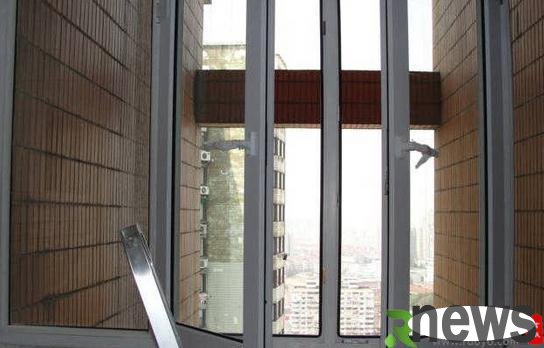
soundproof glass useful? Cleaning and Maintenance of Sound Insulation Glass Introduction to Sound Insulation Glass Sound Insulation Glass is a glass product that has a certain shielding effect on sound. It is usually a double-layer or multi-layer laminated glass with a composite structure. The glass film in the middle of the laminated glass plays a key role in weakening sound propagation. Glass products with sound insulation function include laminated glass.
With the continuous development of society, the problem of noise pollution is becoming more and more serious, especially the traffic noise in cities continues to plague the general public. Here we mainly introduce some knowledge about sound insulation glass for everyone to share!
sound insulation glass can be roughly divided into the following three categories according to the production process: 1. Hollow glass; 2. Vacuum glass; 3. Laminated glass. In terms of sound insulation, each type of glass has its own characteristics. Cleaning and Maintenance of Soundproof Glass If there are stains during use of plastic steel soundproof doors and windows, they can be scrubbed with neutral water-soluble detergent, but the surface of the profile should not contact or rub with high hardness and coarse particles. In particular, it should not be polished with sandpaper or scratched with sharp blades without authorization to avoid damaging the decorative surfaces of soundproof doors and windows. It is strictly forbidden to use highly corrosive or solvent-based chemical liquids to scrub.
Precautions when using
1. In windy days, the casement soundproof window sash should be closed in time.
2. After the soundproof doors and windows are installed, the protective film on the surface of the profile should be tear off in time and scrubbed clean; otherwise, the adhesive bonding of the protective film will remain on the profile, making it difficult to clean.
3. The casement soundproof window sash cannot hang heavy objects on the hand.
4. Plastic steel soundproof doors and windows have drainage systems in window frames, window sashes and other parts to ensure the air-tight and water-tight properties of soundproof doors and windows. Users should not block the drainage holes of soundproof doors and windows during use, so as not to cause the drainage performance of doors and windows to deteriorate.
5. When using the push-pull sound insulation window, the push-pull track should be cleaned frequently to keep it clean so that there is no hard particle substance on the surface and grooves.
6. The casement upper hanging window is opened differently by changing the direction of the switch handle. You must understand how to operate to avoid damage.
